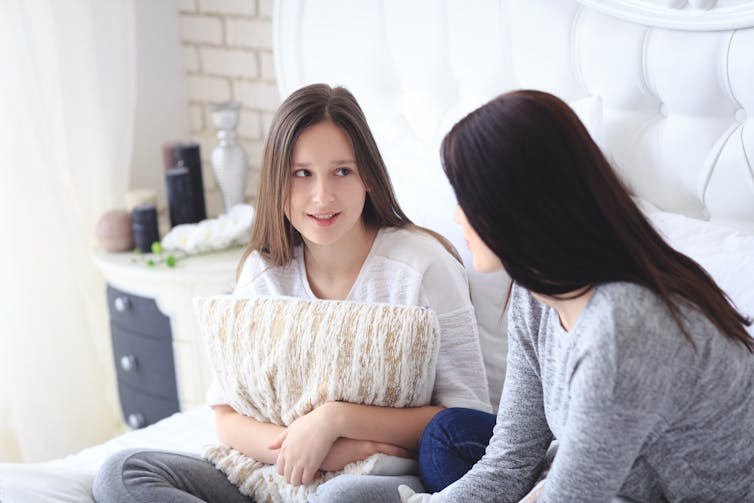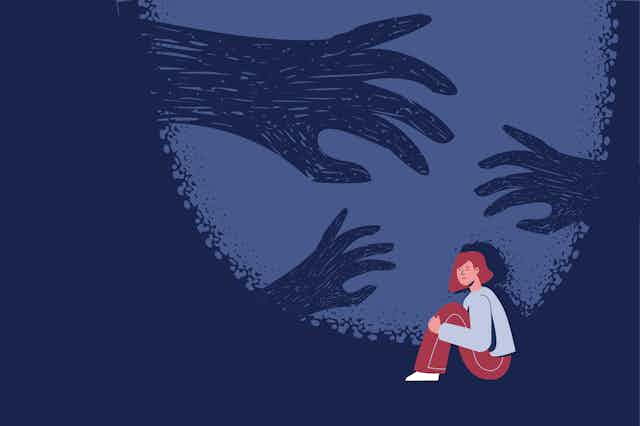Comedian and actor Russell Brand has been accused of abuse, including sexual assault and rape, by four women. The allegations – which Brand denies – include the sexual assault of a woman who says she was in a relationship with Brand when she was 16 and he was in his 30s.
The alleged victim, known as Alice, has suggested that a discussion should take place around changing the age of consent to protect young people from older adults. One option, which she raises, is that a staggered approach would allow sexual relationships between people aged 16-18 but would prohibit older adults from having sex with young people in this age group.
This, on face value, appears to be an approach that might work – and it’s incredibly important that we have these conversations about how to protect young people. But unfortunately, changing the age of consent alone may be too simplistic a solution for a complex problem.
What the law says
The current age of consent dates back to 1885, when it was raised to 16 from 13 after a campaign by the Society for the Prevention of Cruelty to Children (now the NSPCC). The law states that anyone who is 16 or over can take part in legal sexual activity – mutual masturbation, oral sex and penetrative sex. The legal age of consent for sex between men was lowered from 18 to 16 in 2000 via the Sexual Offences (Amendment) Act.
However, there are other legal protections in place for young people aged under 18. Additional legislation states that it is illegal to photograph or video under 18s taking part in sexual activity, pay for sex from them, or take part in sexual activity with them if in a position of trust or a member of their family.
Cases of child sexual exploitation also consider a child to be someone aged under 18. In some cases, a young person over the age of 16 may be considered to not have been able to give consent.
But despite the presence of these protective elements in law for those under the age of 18, sexual abuse of young people is still widespread. What’s more, in cases of sexual exploitation, often complex and well-planned grooming has taken place beforehand, making it hard for the young person to realise that they are being exploited. A change in the age of consent would not stop this kind of grooming happening to young people under 18. It simply won’t work.
Understanding healthy behaviour
Raising the age of consent also runs the risk of asserting more control over the bodies of young people and removing their agency. If, as has been suggested, sexual relationships between people aged 16-18 is permissible, but is not allowed between this age group and older adults, young people having sex may run into issues when the older teen in a relationship turns 19. This approach risks criminalising healthy sexual behaviour.

There are a number of steps that certainly should be taken to help young people. One is good relationships and sex education that equips young people with the knowledge to better recognise an abusive or potentially abusive scenario – when they are being taken advantage of or are being put in an unsafe situation.
This education should include input from young people: we need to listen to them and the solutions that they suggest as they are the experts on what they need.
Another is to create environments – at schools, at home, at youth clubs and other places – where young people can talk about relationships and sex without shame. Speaking out about abuse is notoriously difficult for young people because they worry they will be judged or that speaking to someone will lead to negative consequences. Safe spaces for these conversations need to be created.
The allegations against Brand have brought societal issues to the forefront that have been in the background for many years. This, in itself, is not a bad thing. We need to consider why toxic behaviour and imbalanced relationships go ignored and unnoticed in society. It is useful to remember that candid and open conversations about how to protect young people from abuses, grooming and exploitation can only be a good thing.

